
Tags
Loading...
Select from existing tags
Bamboo
by Gang Jinhui
Bamboo, plum, orchid, and chrysanthemum are praised in the literature and arts of East Asia as the Four Gentlemen, four plants that represent the ideal virtues of a scholar-official.[1] Bamboo is perhaps the most highly revered for several reasons. Because bamboo can bend but does not break, it represents a scholar or official who never compromises his moral ethics. The ba...
- Size:
- 33 x 15 1/2 in. (83.82 x 39.37 cm) each
- Medium:
- Eight-panel screen, ink on paper
- Credit:
- Courtesy of the Los Angeles County Museum of Art
More from this artist...
No artworks found
Loading...
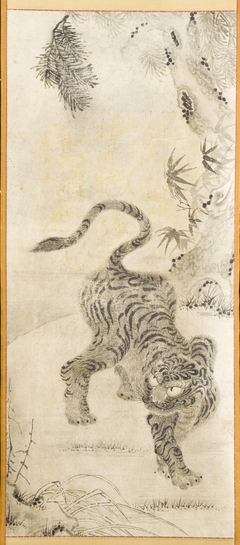
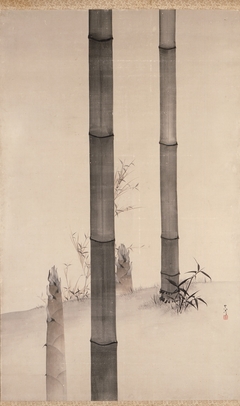
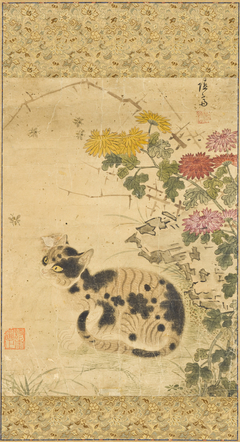
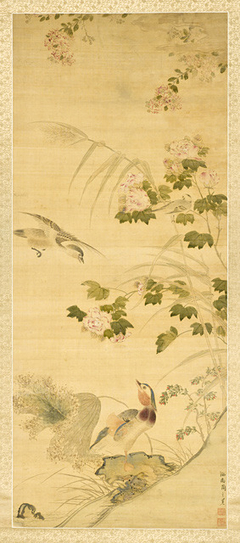
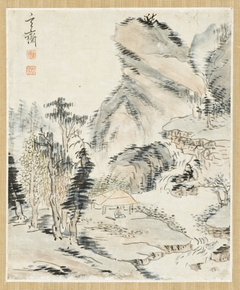

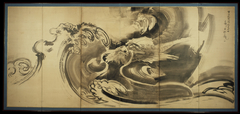
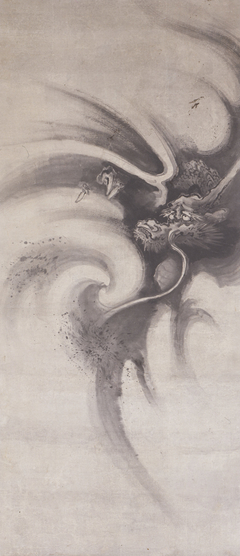
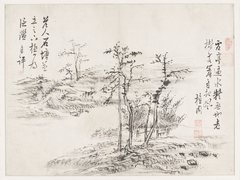
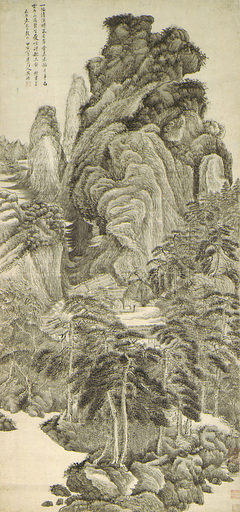
Discussion